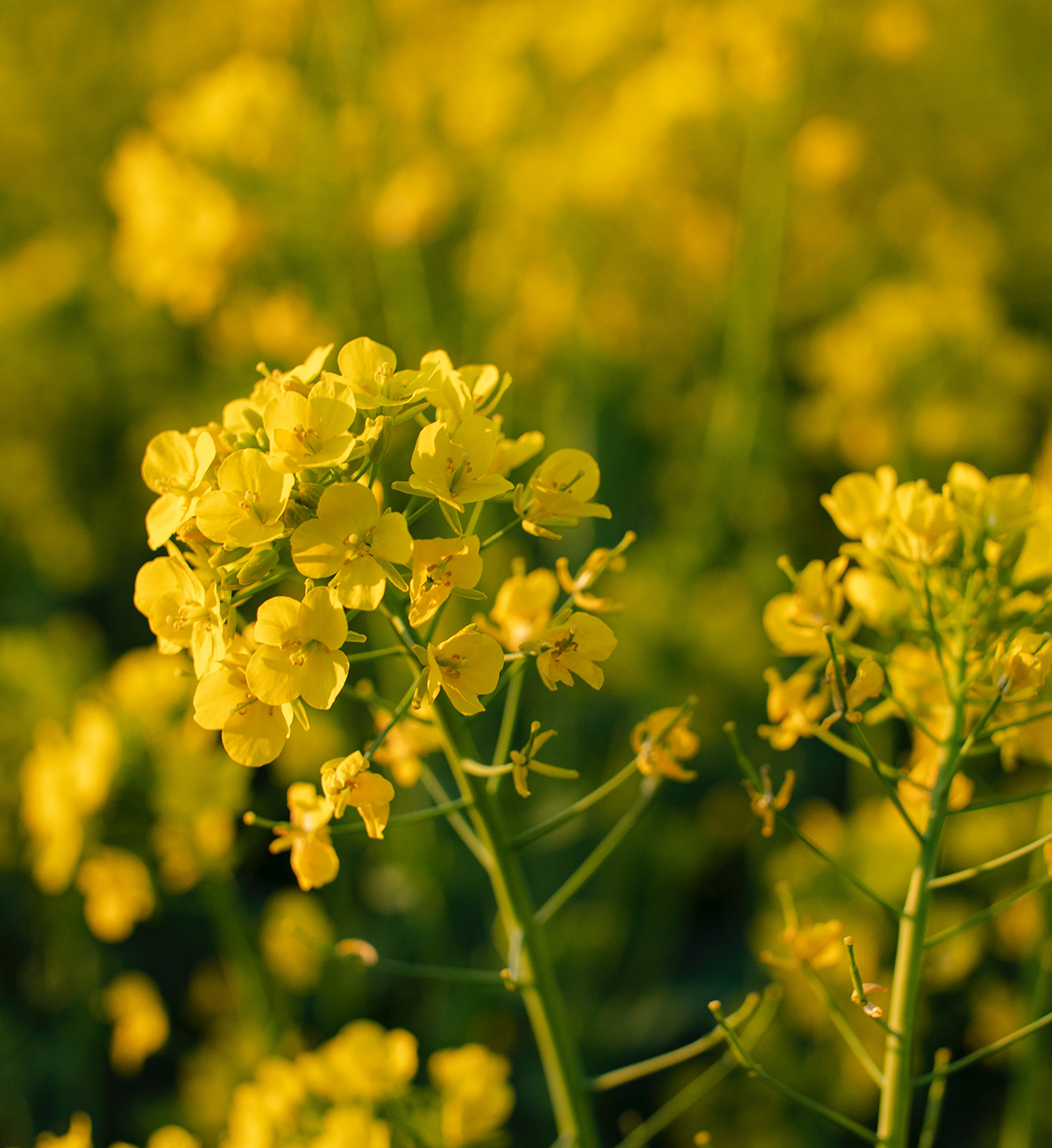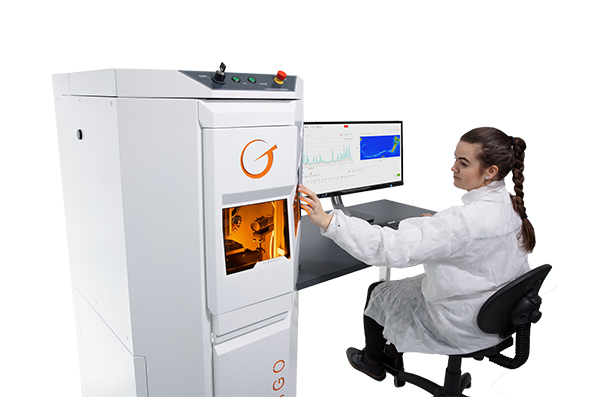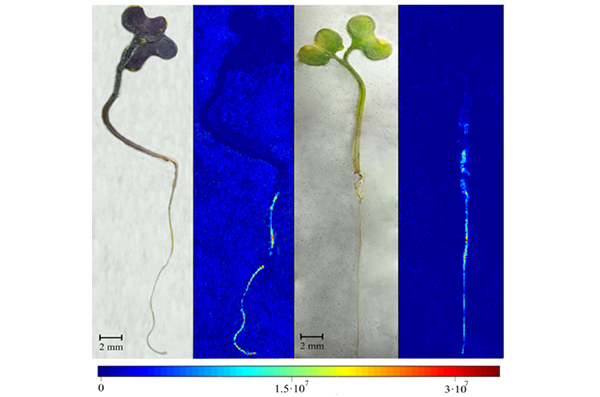Detection of Cadmium in Sinapis Alba with FireFly
Do you want to know to what extent toxic substances are taken up by plants?

Quantum dots (QDs) are spherical semiconductor nanocrystals with very stable and size-dependent fluorescence. They are now used in bio-imaging as well as in the optical and electronic industries. The most used QDs contain toxic cadmium (Cd) in their core, which can be released into the environment depending on the shell shielding the core. It is therefore necessary to assess the effects of Cd-containing QDs on various environmental organisms.
In this communication, the effect of Cd-containing QDs on the model organism white mustard was investigated. LIBS was used as it is a suitable method to determine the spatial distribution of Cd in model plants. S. Alba plants were exposed to three different Cd-containing compounds (CdCl2, CdTe QDs and CdTe/SiO2 QDs) at nominal concentrations of 20 and 200 μM for 72 hours.
Visualising the intensity of Cd-QDs in Sinapis Alba

The experiment was performed in specially adapted 2 mL Eppendorf tubes. After exposure, the samples were thoroughly washed in MilliQ water, dried, shaped, and embedded in epoxy on a glass slide. The LIBS experiment showed significant differences in the behaviour of Cd in the plants depending on the source.
The different concentrations also showed large differences. In plants exposed to low concentrations of Cd-containing aqueous solutions/dispersions, Cd was found mainly in the lower two-thirds of the root. Cd was detected in the whole root and the lower part of the stem.
For all Cd sources, the signal increased with increasing concentration.

